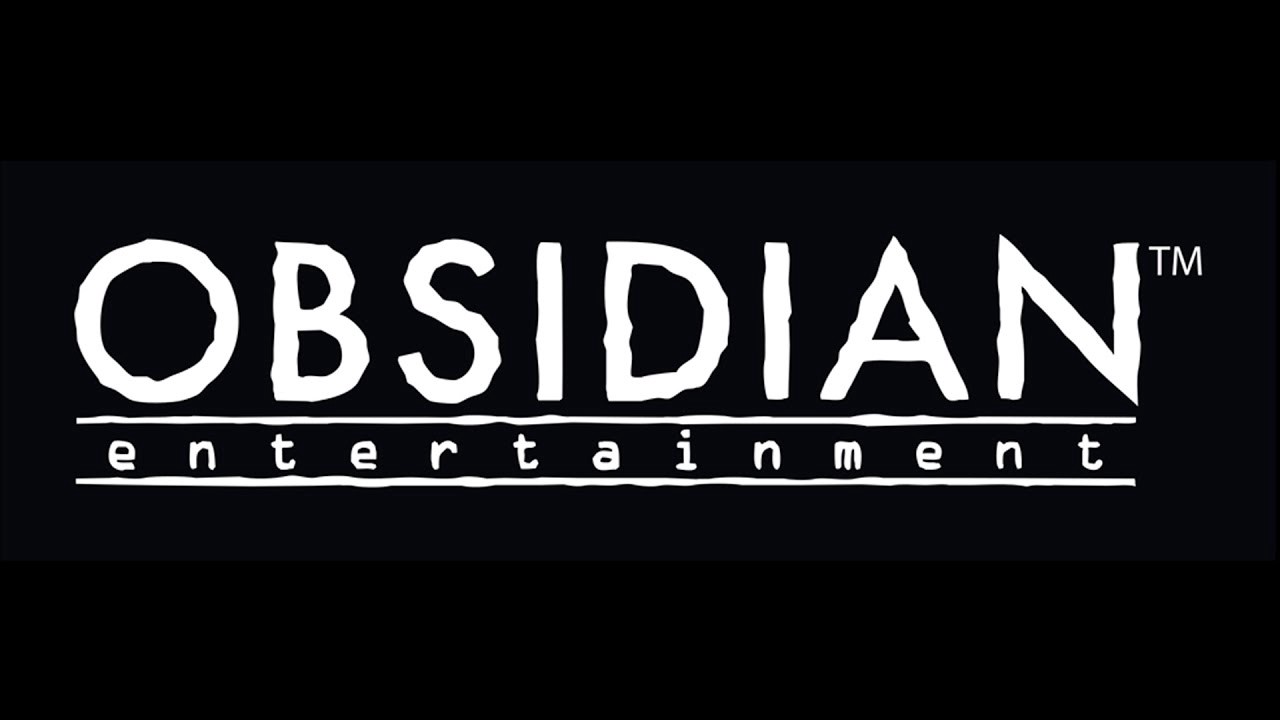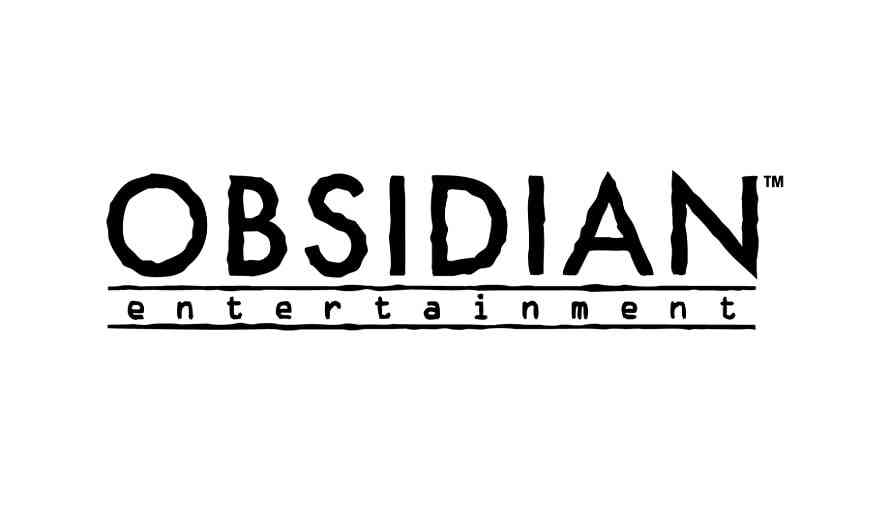
Speaking of downside, Obsidian already did try to go original once, with Alpha Protocol, a title that suffered in sales as much as it suffered on Metacritic. And I'm not trying to be mean to publishers by any means, because they invest a ton of money in a game, and it's like, when you're looking at your portfolio, and your 401k and your stock, are you going to invest in a big upside with an equal chance for a lot of downside?" "It's challenging to convince publishers. The biggest challenge to creating a new world isn't always the writing or design. It's being put together by Josh Sawyer, who was the project director on Fallout New Vegas, and Chris Avellone is involved." That is a whole new world, a whole new thing. "We have a whole big cool world idea that we can hopefully talk about soon. Does Obsidian ever want to take that jump? "Absolutely," confirms Urquhart, before going on to say that Obsidian already has an original IP title underway. The ultimate goal for a lot of studios making sequels is to finally jump off and work on their own original IP. So what I mean by that is that we're generally pretty good about it." "We had the horns tilted the wrong way on the race that Darth Maul is, I forget what it's called, and then there was one other thing. "They told us, 'Don't use Alderran,'" he laughs. When the team was making Knights of the Old Republic 2, Urquhart says, Lucasfilm got final say on just what official content from Star Wars looked like, and in all of Obsidian's work, only three changes were made.

#OBSIDIAN ENTERTAINMENT FREE#
It doesn't hurt that Obsidian, because of its background, has a lot of free reign to play in these universes. "And so from a challenge perspective, even doing a sequel is a lot of work and fun." A lot of times, even a sequel to a roleplaying game, it's amazing how much new you have to put in it," Urquhart says. While we did reuse some art from the previous game, so much of the content is new. "You can take Fallout: New Vegas as an example. I think from that perspective, it's great to be able to make these, even if they're sequels, because you get to go play in someone else's world."Įven though Obsidian spends much of its time making games in other studios' worlds, Urquhart says there's lots of opportunities for their own creations. "So I think in general, RPGs have a lot of sequels, because you can keep on adding on to the world, you can keep on coming up with new stories. "What I grew up on was obviously roleplaying games that had the fifth and the sixth and the eight and the twelfth," he says.

If there's a connotation associated with that term, Urquhart doesn't really care. "Correct," he tells Joystiq in a recent interview, as if fessing up to being called a "sequel house."

But since forming Obsidian in 2003 (and making Knights of the Old Republic 2, Fallout: New Vegas, and most recently, Dungeon Siege 3), Feargus Urquhart and his crew have created another reputation: That of building sequels for properties created by other studios.
#OBSIDIAN ENTERTAINMENT PC#
Obsidian Entertainment has no shortage of street cred - its founders originally created Interplay's Black Isle Studios, and put together some of the most classic PC RPGs around, including the original Fallout, Planescape: Torment, and the Icewind Dale series.


 0 kommentar(er)
0 kommentar(er)
